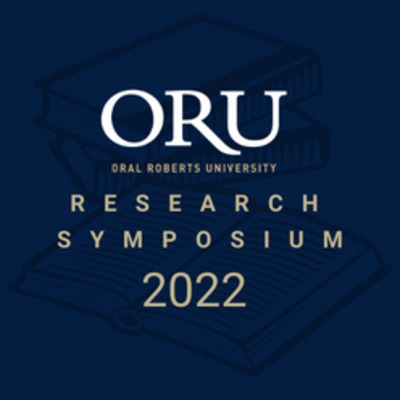Description
Modern medicine has yet to produce selective treatments for the vast majority of cancer types. Most chemotherapies, though complex, remain non-specific, and thus destroy healthy cells. Over 25% of cancer patients die from the effects of chemotherapy before the actual tumor would have progressed to the point of organismal death (Megget 2008). Early detection remains the most accurate indicator of successful treatment outcome. But why wait until the disease presents to deal with it? Here the authors argue that a well supported immune system coupled with a dietary regimen of key food-based medicines is a far superior strategy. Given that many of the successful drugs available today are naturally occurring, or designed from natural sources, the authors suggest to look no further than the garden for biological wellbeing. The work presented here aims to highlight a few of the relevant herbs and plants which can provide a nutrient shield. Cancer is complex therefore our strategy must be equally complex. In 2011, scientists Douglas Hanahan and Robert Weinberg consolidated our understanding of cancer progression into ten “hallmarks of cancer”. The ten hallmarks of cancer describe the ten steps required for a healthy cell to become tumorigenic. The ten hallmarks are: sustaining proliferative signaling, evading growth suppressors, activating invasion and metastasis, enabling replicative immortality, inducing angiogenesis, resisting cell death, avoiding immune destruction, tumor promoting inflammation, genome instability and mutation, and deregulating cellular energetics. It is in these ten areas that cancer must be addressed to properly treat and prevent the disease from occurring. Cancer is a complicated disease. Unfortunately, the one-drug for one-disease model is simply insufficient and outdated. Though these hallmarks were identified several years ago, our understanding of them is still in its early stages. The study of cancer over the last one hundred years has revealed the staggering complexity of the cell. Within each human are trillions of cells, each with tens of thousands of genes and hundreds of thousands of proteins, each working in unison to maintain the health of the body. At its core, cancer is a hijacking of the cell’s remarkable complexity, and therefore, the methods of prevention and treatment must match the complexity of disease. Herein, the authors argue that the ten hallmarks of cancer provide a critical list of targets which must be addressed. Further, the authors argue that natural sources of prevention (e.g. plants) against these hallmarks are preferable, efficacious, and accessible.
Keywords:
Herbal medicine, cancer, cancer prevention, natural chemotherapy alternatives, medical plants
Department
Biology and Chemistry
College
College of Science and Engineering
Included in
Medicinal Plants and Herbs for Cancer Prevention
Modern medicine has yet to produce selective treatments for the vast majority of cancer types. Most chemotherapies, though complex, remain non-specific, and thus destroy healthy cells. Over 25% of cancer patients die from the effects of chemotherapy before the actual tumor would have progressed to the point of organismal death (Megget 2008). Early detection remains the most accurate indicator of successful treatment outcome. But why wait until the disease presents to deal with it? Here the authors argue that a well supported immune system coupled with a dietary regimen of key food-based medicines is a far superior strategy. Given that many of the successful drugs available today are naturally occurring, or designed from natural sources, the authors suggest to look no further than the garden for biological wellbeing. The work presented here aims to highlight a few of the relevant herbs and plants which can provide a nutrient shield. Cancer is complex therefore our strategy must be equally complex. In 2011, scientists Douglas Hanahan and Robert Weinberg consolidated our understanding of cancer progression into ten “hallmarks of cancer”. The ten hallmarks of cancer describe the ten steps required for a healthy cell to become tumorigenic. The ten hallmarks are: sustaining proliferative signaling, evading growth suppressors, activating invasion and metastasis, enabling replicative immortality, inducing angiogenesis, resisting cell death, avoiding immune destruction, tumor promoting inflammation, genome instability and mutation, and deregulating cellular energetics. It is in these ten areas that cancer must be addressed to properly treat and prevent the disease from occurring. Cancer is a complicated disease. Unfortunately, the one-drug for one-disease model is simply insufficient and outdated. Though these hallmarks were identified several years ago, our understanding of them is still in its early stages. The study of cancer over the last one hundred years has revealed the staggering complexity of the cell. Within each human are trillions of cells, each with tens of thousands of genes and hundreds of thousands of proteins, each working in unison to maintain the health of the body. At its core, cancer is a hijacking of the cell’s remarkable complexity, and therefore, the methods of prevention and treatment must match the complexity of disease. Herein, the authors argue that the ten hallmarks of cancer provide a critical list of targets which must be addressed. Further, the authors argue that natural sources of prevention (e.g. plants) against these hallmarks are preferable, efficacious, and accessible.





